
As a digital marketer, I leapt at the chance to write about the best B2B marketing strategies. My clients may occupy both business-to-business (B2B) and business-to-consumer (B2C) niches, but we marketers live in the B2B world.
In fact, a B2B marketing guide is, itself, a good example of B2B marketing for the digital marketing industry. It exemplifies the kind of content that works well for B2B brands. It’s an educational resource rather than a promotional piece.
In the B2B realm, decision-making isn’t impulsive. Buyers are driven by a search for solutions to specific needs. They make purchases after meticulous research and extensive consensus-building among stakeholders.
Here’s how you can master B2B marketing and create your own content designed to provide prospects with important information and help them get the most out of your products.
B2B marketing 101
B2B marketing requires an approach tailored to the B2B world. Understanding your audience and their buying process is the first step in introducing them to the solutions you offer.
What is B2B marketing?
B2B marketing is marketing for the business-to-business world. It’s the art of promoting one brand’s products or services to another business. Among the benefits of B2B marketing are increased brand awareness, lead generation, and customer acquisition.
Suppliers, manufacturers, wholesalers, and other B2B businesses connect with prospects on both traditional and digital channels. They send emails, post on social media, pay for digital ads, create lead magnets, and more.
B2B marketing vs B2C marketing
A B2B marketing guide differs from a B2C one. B2B and B2C industries target different audiences and require different marketing advice.
In B2C marketing, the focus is on appealing to the emotions and needs of individual consumers. However, in effective B2B marketing, the focus is on building mutually beneficial relationships and demonstrating the place a product or service can play within a larger company.
B2B buyers are typically more rational and less impulsive than B2C buyers. They make purchasing decisions based on the value and return on investment (ROI) the product or service will bring to their business. On the other hand, B2C consumers often make purchasing decisions based on emotional triggers and personal benefits.
The nuances of the B2B market
The B2B sales cycle is often longer and more complex with multiple decision-makers involved in the buying process. B2B buying decisions may need to go through several layers of approval, while B2C consumers more often act independently.
Another key characteristic of the B2B marketing funnel is the emphasis on relationship building. It’s not just about making a sale; it’s about establishing trust and credibility.
Frequent features of B2B marketing include:
- Educational content
- Excellent customer service and long-term support
- Flexible strategies that can accommodate different perspectives
A B2B marketing guide helps the B2B sales team to walk the customer through a thoughtful journey.
How to build a strong B2B brand
Small-business branding is about more than designing an eye-catching logo or coming up with a memorable name. Your brand is your company’s voice in the marketplace. It’s the sum of people’s perceptions and experiences with your business.
A successful B2B marketing program revolves around a brand that resonates with the intended audience, differentiates itself from competitors, and drives long-term success.
Define your brand identity
If your brand were a person, how would you describe it? What values would it uphold? How would it communicate?
Defining your brand identity is critical to your B2B marketing approach. It helps to align your team, customize your personal B2B marketing strategy, and create a consistent, cohesive experience for your B2B customers.
Your brand identity is what makes your company distinct and sets it apart from other competitors in your industry. It’s not just about what you do, but why you do it, how you do it, and the impression you leave on your audience.
Start with a mission statement that articulates your business’s goals. What do you intend to do for your customers and community? Think about the principles that guide your operations and interactions, too. What matters most to you? What values drive your operations and interactions?
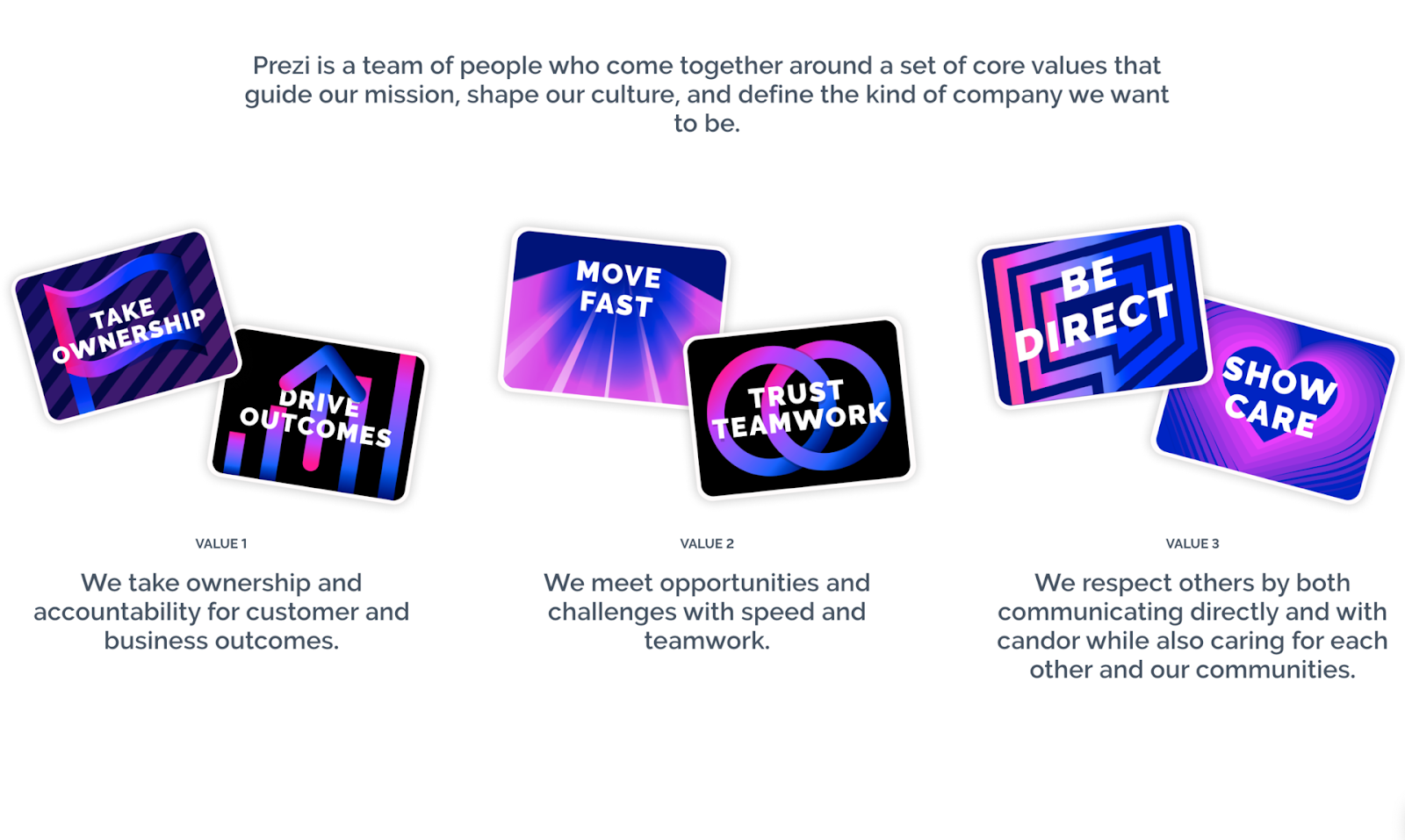
Once you have the bones of your brand, you can flesh out its personality — the tone, style, and manner in which your brand communicates and engages with your audience.
Identify your target audience
Successful B2B marketing efforts require a keen understanding of the target audience. Identify the businesses or individuals that are most likely to benefit from your product or service, and think about their needs, behaviors, and decision-making processes.
Create customer avatars, which are fictional representations of your ideal customers. Detail their job roles, interests, challenges, and buying behaviors. What problems are they facing? How can your product or service solve these problems?
Develop your brand messaging
Message = Content + Style
What do you want to communicate with your audience?
Brand messaging combines your core value proposition — the specific benefits you offer — with your tone and personality. It’s everything you say as a brand, both the content you create and your engagement with other brands.
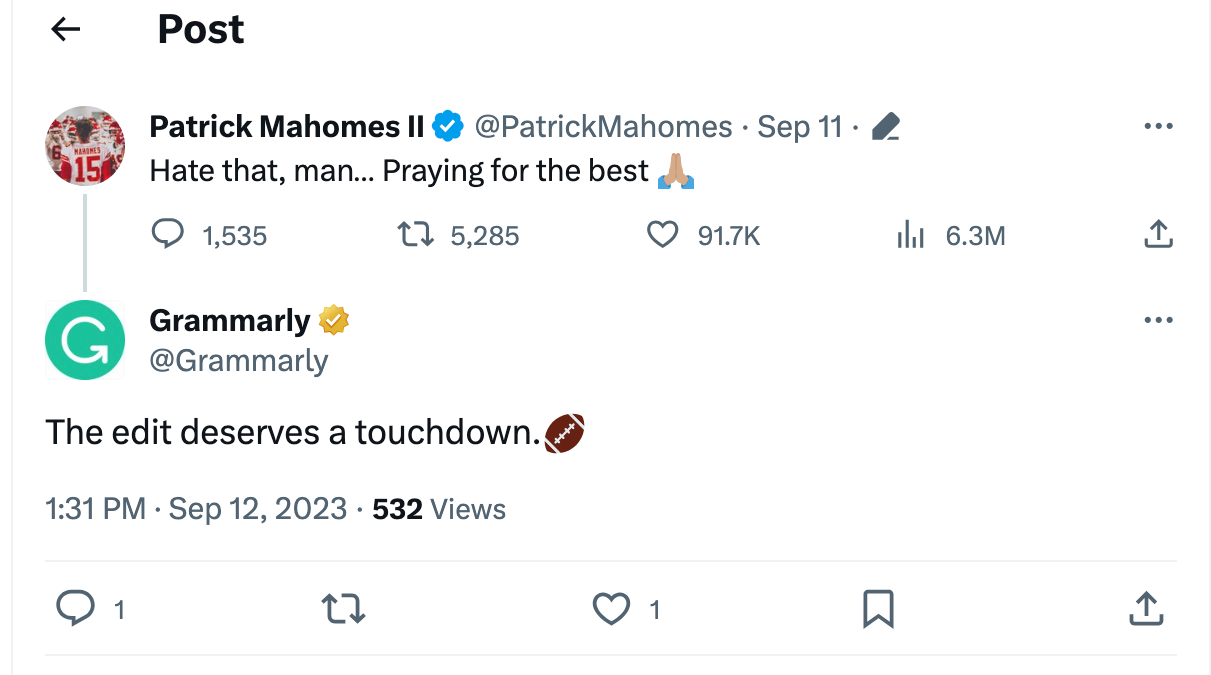
Promote your brand
Once you have something to say, it’s time to get the word out. Use various B2B marketing channels to reach your audience.
- Website: Your website is often the first point of contact between your brand and potential customers. Ensure it is well-designed, user-friendly, and effectively communicates your brand value. The majority of B2B web traffic is on desktop computers, but your site should still be mobile-responsive.
- Content Marketing: Forty percent of B2B marketers use content marketing to provide valuable, relevant content to their audience. This helps establish their brand as an authority in the industry and build trust.
- Social Media: Social media is the most common type of platform B2B marketers use to distribute organic content. Use social media channels to engage with your audience, share valuable content, and promote your brand. Choose the platforms that your target audience uses most.
- Email Marketing: B2B email marketing can be a powerful tool for nurturing leads and maintaining customer relationships. Send regular newsletters, product updates, and personalized offers to keep your brand top of mind.
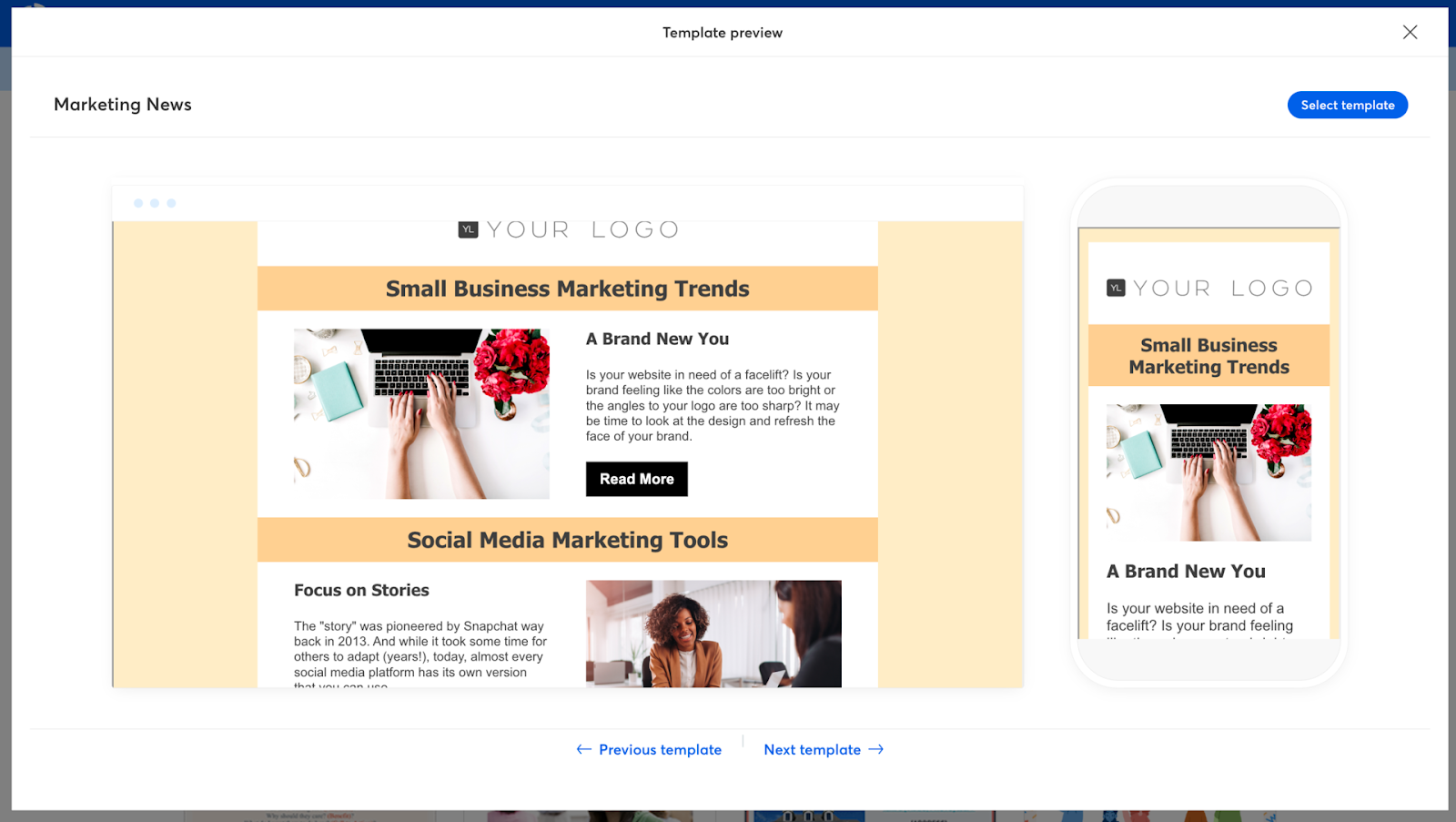
Create a strong visual identity
Visual identity is your brand’s appearance and should be in keeping with your brand’s personality. For example, a design firm might use bold, bright colors, while a more serious, corporate business might stick to sleek lines and neutral shades.
Elements of a brand’s visual identity include:
- Logo: Your business logo is the face of your brand, so make sure it’s memorable and representative of who you are.
- Colors: Create a focused palette that reflects your brand personality.
- Typography: The fonts you use can say a lot about your brand. Make sure they’re legible and align with your brand style.
- Imagery: Whether it’s photos, illustrations, or icons, your visuals should be consistent and high quality.
Create a visual style guide with directions and examples for all of these elements. You want a B2B marketing guide that you can share with others. A consistent presentation across all touchpoints builds recognition and trust with your audience.
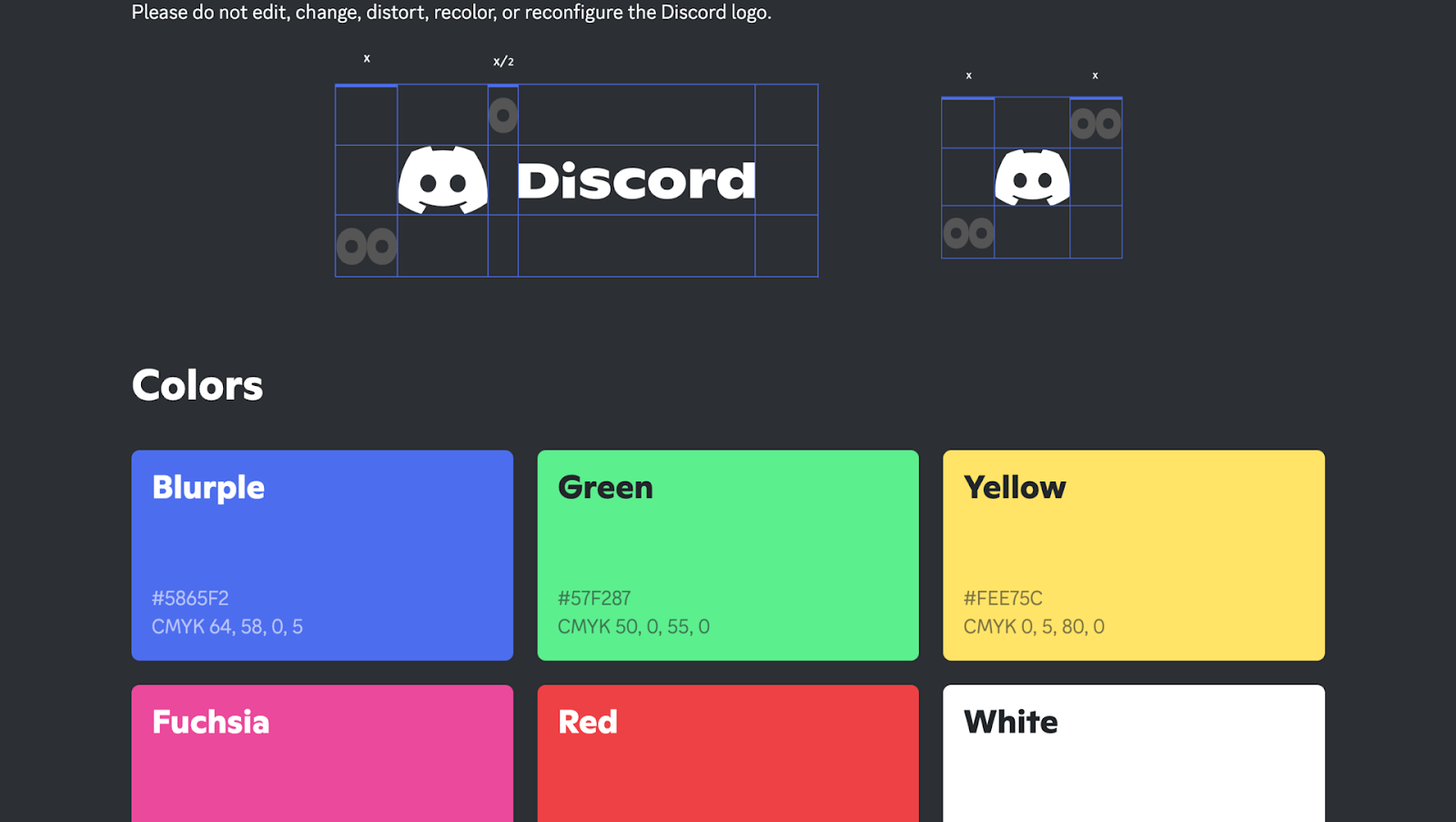
How to craft a compelling B2B content marketing strategy
Content marketing allows B2B brands to build a valuable library for their customers and develop relationships with their prospects.
At least, it should. Give the advice of this B2B marketing guide a try.
Choose the right content format
Content comes in all shapes and sizes — from blog posts and eBooks to webinars and podcasts.
The most popular B2B content formats, in descending order, are:
- Short articles (under 1,500 words)
- Videos
- Case studies
- Virtual events, webinars, online courses
- Infographics and charts
- Long articles and posts (over 1,500 words)
Different approaches to B2B marketing work best for different brands. Other popular content forms are white papers, live events, and podcasts.
For your B2B marketing campaigns, you want to pick the format that your audience prefers and best suits your content.
Blog posts
Blog posts are versatile, easy to produce, and great for SEO. Plus, they’re perfect for diving deep into topics and providing valuable, in-depth information.
Choose blog posts if you have a lot of expertise to share, or if you want to establish your brand as a thought leader. They’re also a good choice if your audience is looking for advice — as so many B2B clients are.
Infographics
If your content is heavy on data or complex concepts, create an infographic that presents information in an appealing and easy-to-understand format. Infographics and other original images are the most effective form of visual content marketing.
Videos
Videos are easy to consume and pack a lot of information into a short time frame. Incorporate them into your B2B marketing process, if you want to demonstrate a product, explain a complex concept, or create an emotional connection with their audience.
eBooks
eBooks are popular B2B lead magnets. Offer prospects a detailed download in exchange for contact information.
Podcasts
The busy professional often loves podcasts. They can listen while commuting, working out, or doing chores. Consider podcasting for your business if you know your audience enjoys consuming content on the go.
Write clear and concise headlines
Your headline is like a shop window; it must grab attention and entice people. So, how do you create a headline that’s impossible to ignore?
Make it clear and get right to the point. Your headline should give a quick snapshot of what your content is about. Avoid jargon that could alienate or confuse a reader skimming quickly through a feed.
Clear doesn’t have to mean boring. Use action words, ask questions, or inject a little humor to make your headline engaging and enticing.
Free content tools can help B2B companies optimize their headlines. Try out CoSchedule’s headline analyzer. Some CoSchedule features require a paid account, but quick title evaluations are free.
Remember to avoid clickbait — your content needs to deliver what the headline promises. How would you feel if you clicked on something claiming to be a B2B marketing guide but only found tips for B2C brands?
Use strong visuals
We’re all visual creatures. We process images faster than text, and they’re more likely to stick in our memory.
Good content marketers use pictures to explain complex ideas in a simple, digestible way and add visual interest. They also help break up blocks of text, making long articles easier to read.
Only use high-quality images. Blurry pictures or poorly designed infographics can do more harm than good, giving the impression of carelessness and harming credibility.
Write in an engaging style
Even the most compelling topic can be a snooze fest if it’s not written in an engaging way.
Keep your tone conversational and your language simple. Speak to your particular audience. What do they want to learn? What questions might they have? Write for them, not for yourself.
Organization and pacing also matter. Break up your text with subheadings and bullet points where appropriate. Content should be easy to skim and read on digital screens of any size.
Tell stories
People love stories — they’re engaging, memorable, and relatable. They humanize brands, making it easier for you to build the relationships your business needs.
There are plenty of stories to tell as you execute your B2B marketing plan.
- Success stories and case studies. Showcase how your product or service has helped a client overcome a challenge. Include real data to increase your credibility.
- Behind-the-scenes. Highlight the people behind the brand, your company culture, or your organization’s creative process.
- Origin stories and journeys. Where did you start? How did you get to where you are now? Your brand’s journey, including the challenges overcome, paints a picture of resilience, growth, and commitment.
Use the B2B storytelling of major brands as inspiration. Huge corporations such as Microsoft and Apple have had to learn how to humanize mega brands with relatable stories.
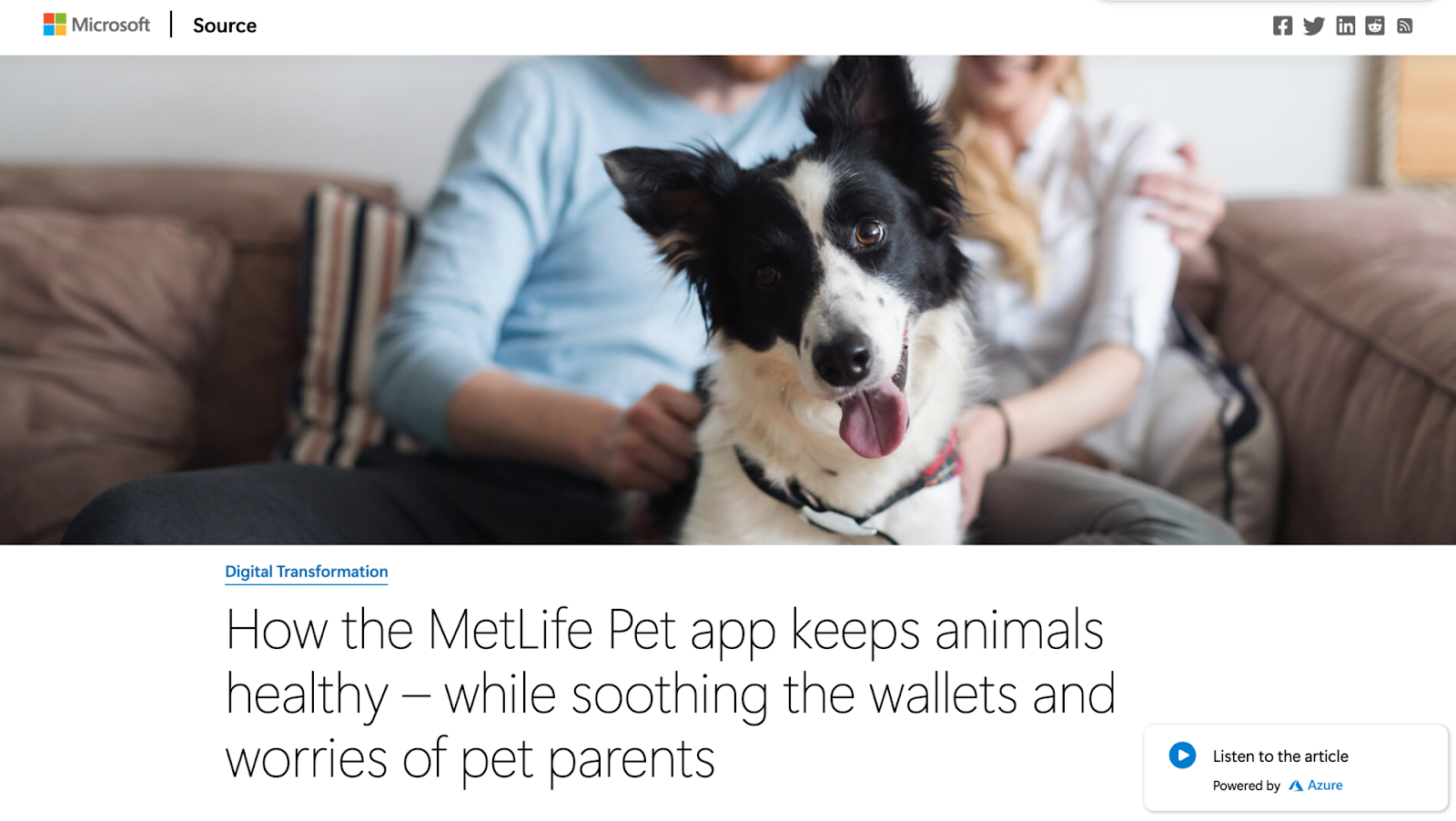
Promote relevant content
Creating great content is only half the battle. B2B strategies should also account for distributing and promoting that content.
In today’s digital age, your audience is scattered across various platforms. Reach all of them with a multi-channel approach. For instance, you can integrate social media with email marketing to cross-promote content or remind people of upcoming events.
Use social media platforms to share content or direct connections toward relevant resources you provide elsewhere. Other social media channels can be effective, but LinkedIn is a particularly popular choice for B2B marketing. Share content on this hotspot of B2B interactions to reach decision-makers in various industries.
You could also consider guest posting for authoritative industry blogs or publications. Other creators are often happy to profit from your expertise and let you help them maintain their posting schedules. Connect with possible outlets and float a few potential article topics.
On the other hand, you can promote their relevant content on your own channels. In a robust content curation strategy, you supplement original pieces with shared posts and materials from reputable sources. It’s an opportunity to spotlight important voices and demonstrate to your audience that your foremost concern is with their needs. Help them find everything they need across platforms.
Additional tips for crafting compelling B2B content
A few final tips for B2B content as you launch your next campaign.
Be original
In the vast ocean of online content, being original is what helps you stand out. Try to bring fresh perspectives, unique insights, or innovative approaches to your content. This not only captures your audience’s attention but also positions you as a thought leader in your industry.
Be helpful
The primary goal of your B2B marketing activities should be to provide value to your audience. Whether it’s answering a question, solving a problem, or providing new knowledge, your content should always aim to be helpful. Encourage your audience to trust you and use you as a resource. Before hitting the button to publish, always ask yourself: “Will this help my audience?”
Be consistent
Consistency is key when it comes to content marketing. This applies to both the frequency of your content and your brand voice.
If you publish a blog, try to maintain a regular posting schedule for articles. The frequency will depend on your resources and audience interest. The same applies to your social media content.
As for your brand voice, as mentioned, your in-house B2B marketing guide should outline the personality and rules you want creators to follow for your brand — whether you hire external contractors or do all the work yourself.
Get started with your B2B marketing strategy
So there you have it — a B2B marketing guide.
As you move forward, the key is to keep your audience at the heart of everything you do, providing valuable, engaging content, and building meaningful relationships.
Start with a clear understanding of both parties involved. Define your brand and develop guidelines for all communications. Then, define your audience so you can create material that speaks to their needs.
While consistency is crucial, don’t be afraid to try something new or make adjustments to campaigns as needed. Not every strategy will work perfectly the first time, and that’s okay. The important thing is to keep learning, evolving, and striving to provide the best value you can for your audience.




